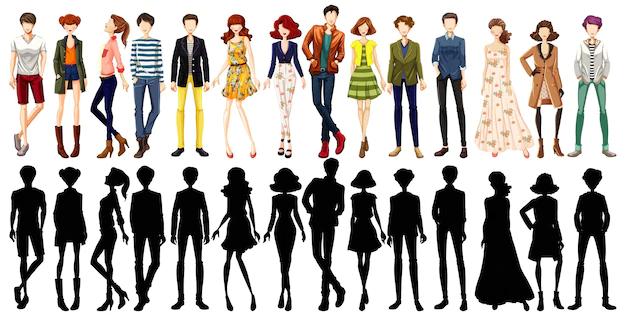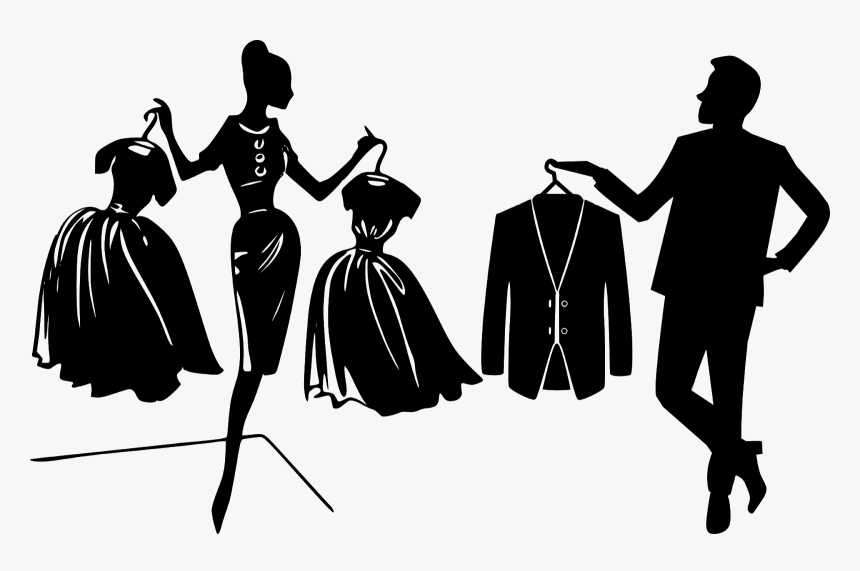Unlocking the Perfect Lipstick Shade: A Comprehensive Guide
The selection of optimal lipstick shade presents a complex challenge given the vast spectrum of available options. However, achieving a harmonious and aesthetically pleasing result is attainable through a structured approach integrating principles from color theory, visual perception, and consumer behavior. This guide provides fifteen expert-level strategies to navigate lipstick selection, consistently achieving a flawless and expressive look. We will examine key concepts, including color theory's impact on perceived harmony, the relationship between skin undertones and shade selection, and the application of Gestalt principles in visual perception to optimize aesthetic outcomes. The guide also explores semiotics, the study of signs and symbols and their use, and its relevance in communicating personal style through lipstick choice.
Harmonizing Skin Undertones with Lipstick Shades: A Color Theory Approach
Accurate identification of skin undertones is paramount for successful lipstick shade selection. Skin undertones, the underlying hue beneath the surface, are categorized as warm (golden or yellow), cool (pink or blue), or neutral (a blend of both). This categorization, rooted in color theory, dictates the selection of complementary lipstick shades. Warm undertones benefit from lipsticks containing yellow-based pigments, such as peach or gold, while cool undertones harmonize with blue-based pigments like berry or rose. This principle of color harmony, based on the complementary color wheel, ensures a visually pleasing contrast, enhancing the natural skin tone instead of clashing with it. The Munsell color system, a standardized color notation system, could provide a more precise framework for undertone identification and lipstick shade matching.
Complexion and Intensity: Optimizing Shade Selection through Visual Perception
Skin complexion profoundly impacts lipstick suitability. Deeper complexions, with higher melanin concentration, create a natural contrast that beautifully showcases bold, rich shades like deep burgundies, plums, or vibrant corals. These darker shades create an aesthetically pleasing figure-ground relationship according to Gestalt principles, enhancing facial features against the deeper skin tone. Lighter complexions, conversely, are best complemented by softer, delicate shades such as nude pinks and rosy tones. The intensity of the skin tone—ranging from fair to medium to deep—further refines shade selection. Fair skin might be overwhelmed by darker shades, while deeper skin tones can effortlessly carry more intense hues. This approach incorporates principles of visual weight and balance, ensuring the lipstick enhances rather than detracts from the overall aesthetic.
Enhancing Lip Shape through Optical Illusion: The Application of Visual Design
Strategic lipstick application can subtly modify the perceived lip shape. Lighter shades, due to their higher light reflectivity, can visually enlarge thinner lips, creating an illusion of fullness. Conversely, darker shades on fuller lips can reduce their perceived size, creating a more balanced appearance. This application utilizes the principles of optical illusion, leveraging color to manipulate visual perception of size and shape. It is a form of visual design, strategically employing color to enhance the overall facial aesthetic. The perceived effect is based on the principles of contrast and luminance. Lighter shades appear to advance, while darker shades recede.
Personal Style and Self-Expression: Lipstick as a Nonverbal Communication Tool
Lipstick transcends mere cosmetics; it's a powerful tool for self-expression and nonverbal communication. The chosen shade reflects individual personality, mood, and desired image. Bold colors like bright reds and daring purples communicate confidence and assertiveness, while softer shades like gentle pinks or mauves convey subtlety and elegance. This aligns with the semiotic theory, where color acts as a sign or symbol, projecting a specific message or persona. The deliberate selection of color is a form of visual rhetoric, expressing individual identity and influencing social perception.
Finish and Texture: Tailoring the Lipstick to Lip Condition
Lipstick finish significantly impacts the overall look. Matte finishes project sophistication and modernity, glossy finishes add glamour and shine, while shimmering finishes create a radiant effect. The texture of the lipstick should also consider the condition of the lips. Creamier formulas are better suited for dry lips, preventing the accentuation of dryness. This decision considers both the aesthetic impact of texture and the physical needs of the lips, demonstrating an understanding of material science and its implications for cosmetic application. This approach demonstrates product knowledge, matching formulation to desired outcome and skin condition.
Trend Analysis and Observational Learning: Drawing Inspiration from Visual Cues
Observational learning and trend analysis provide valuable inspiration. Studying the lipstick choices of celebrities, influencers, and fashion icons provides insights into current trends and successful color combinations for various complexions and styles. This approach leverages the power of visual cues and incorporates an understanding of societal influences on aesthetic preferences. The methodical analysis of color palettes in fashion and media builds a knowledge base for informed lipstick selection.
Empirical Testing: The Necessity of Direct Lip Application
Testing lipstick on the hand or wrist is insufficient. Accurate assessment requires direct application to the lips to account for the unique characteristics of individual lip pigmentation and the interaction between lipstick and natural lip color. This emphasizes the importance of empirical evidence and real-world testing for making informed decisions in cosmetic choices.
Contextual Application: Coordinating Lipstick with Occasion and Outfit
Occasion and outfit are critical factors in lipstick shade selection. Subtle shades are appropriate for daytime settings, while bolder colors complement evening events or more vibrant outfits. This strategic approach demonstrates understanding of social context and the impact of nonverbal cues in creating a visually cohesive and situationally appropriate appearance.
Dental Considerations: Harmonizing Lipstick with Tooth Shade
Lipstick shade can subtly influence the perception of tooth color. Cool-toned reds can create the illusion of whiter teeth, while lipsticks with warmer undertones might enhance yellowing. Consideration of this interplay of color is crucial for achieving an overall aesthetically pleasing result.
Hair Color Harmony: Creating a Balanced Aesthetic
Hair color significantly influences the selection of harmonious lipstick shades. Blondes often complement corals and light pinks, brunettes suit deeper reds and browns, and redheads harmonize with warm oranges and brick reds. This approach emphasizes the principle of color harmony, ensuring a balanced and visually pleasing overall appearance.
Addressing Lip Texture: Choosing the Right Lipstick Formulation
Lip texture informs the selection of appropriate lipstick formulas. Creamier, moisturizing formulas are ideal for dry or chapped lips, while matte formulas may be suitable for lips with normal or oily texture. Careful attention to lip health and condition ensures optimal cosmetic application and prevents accentuating existing lip problems. This demonstrates practical application of product knowledge and sensitivity to individual lip health.
Building a Versatile Lipstick Collection: A Strategic Approach to Style
Developing a diverse lipstick collection allows for flexibility in adapting to various occasions, moods, and personal styles. A range of shades caters to different needs and preferences, providing options for both everyday wear and special occasions. This reflects an understanding of resource management and the strategic building of a personalized wardrobe of cosmetic items.
Professional Consultation: Leveraging Expert Advice
Seeking professional advice from makeup artists or beauty experts can provide personalized recommendations tailored to individual facial features and complexion. This approach highlights the value of collaboration and leveraging expert knowledge in achieving optimal aesthetic outcomes.
Embracing Experimentation and Confidence: The Role of Self-Assurance
Confidence in personal judgment and the willingness to experiment are crucial for finding the perfect lipstick shade. This highlights the importance of self-acceptance and the exploration of individual style as a continuous process.
Conclusions and Recommendations: Integrating Theory and Practice
Selecting the ideal lipstick shade requires a holistic approach incorporating color theory, visual perception, and an understanding of personal style. By carefully considering skin undertones, complexion, lip shape, hair color, occasion, and personal preferences, individuals can choose shades that enhance their natural features and express their individual style. Further research could explore the psychological effects of color choice on self-esteem and social interaction. The implications of this understanding extend beyond mere cosmetic application; it enhances personal grooming, self-presentation, and the development of personal style. This knowledge empowers individuals to make more confident decisions, improve their self-image, and increase their overall well-being.
Reader Pool: How might advancements in technology, such as AI-powered color analysis tools, impact the future of lipstick shade selection and personalized beauty recommendations?




